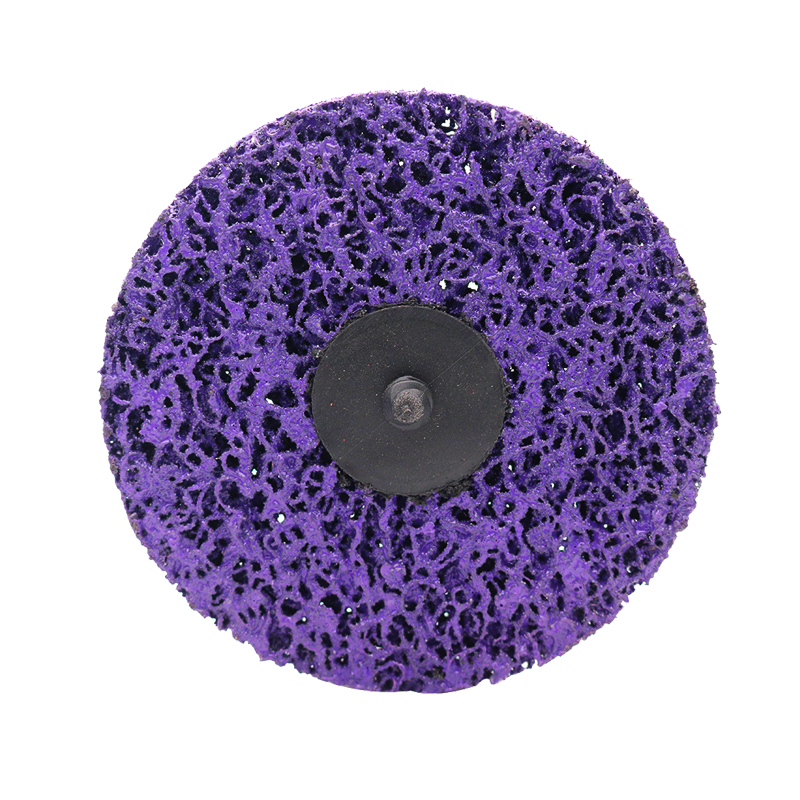

Authoritative sources within the industry often advocate for the use of flap disc wheels due to their superior cost-per-use ratio. The durability of such discs, particularly those reinforced with a fiber-glass backing, means fewer replacements and a reduction in operational costs. Numerous case studies exemplify savings, with companies reporting operational cost reductions by as much as 20% upon switching from traditional wheels to flap discs. Trustworthiness of the flap disc wheel as a tool goes beyond advertisements; it extends into safety and reliability in practical applications. Their use reduces the risk of burns and injury, particularly because they generate less heat and are less prone to breaking compared to their grinding wheel counterparts. This safety aspect is crucial in maintaining a secure working environment, an attribute frequently highlighted in safety audits and reports within industrial settings. In conclusion, the flap disc wheel is more than just an adjunct to sanding and grinding operations; it is a testament to advancements in tool technology tailored to meet the diverse demands of surface preparation and finishing. Professionals who have wielded these tools attest to their transformative impact on efficiency and product quality. For those yet unfamiliar with this tool, exploring the nuanced differences among flap disc wheel types can open new vistas in achieving precision and excellence in metalwork and related fields. Investing in quality flap disc wheels could very well streamline operations, enhance output quality, and perhaps most critically, ensure a safer working environment.
Post time:Feb - 15 - 2025

















